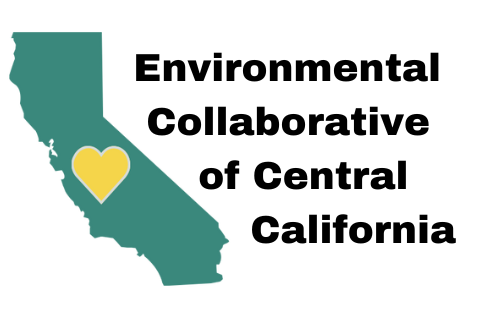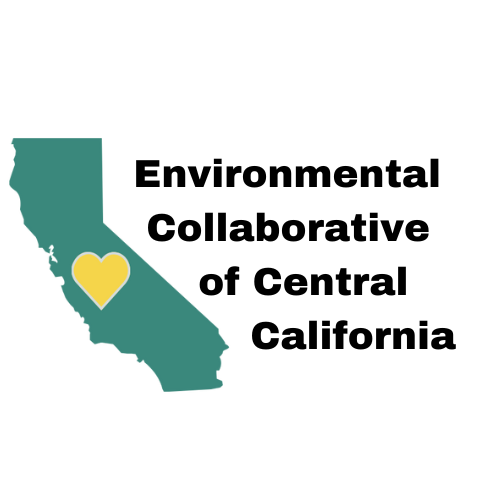Finding ʻĀina and ʻOhana in Hawaii
My family loves Hawaii. At a young age, I learned about the Aloha Spirit, an energy of welcoming and warmth. This spirit has served me well in my career, travels abroad, and in my role at EcoCenCal. As we work toward our mission, cultivating human and environmental harmony, I find the Hawaiian language providing additional, valuable words. ʻĀina, the Hawaiian word for land, means “that which feeds”. ʻOhana, the Hawaiian word for family, extends to community, like-mindedness, a brother/sisterhood, and a common goal. I’ve been turning these words over, contemplating how they fit into life in Central California.
Aloha ʻĀina, means “love of the land”. This phrase is all about reciprocity: take care of the land, and it will take care of you. A significant number of central valley residents are employed in the agricultural sector. Folks who live here get to enjoy a year-round abundance of locally produced food: from healthy greens and citrus in the winter, to stone fruits and veggies in the summer, and nut crops in the fall. Our labor and love goes into the land, and in return we are fed, body and soul.
Let’s take this Hawaiian inspired “love of the land” and make it our own by taking it one step further. Give more than you receive.
Hawaiian Definitions

- ʻĀina : The Hawaiian word for land, better translated as “that which feeds”.
- Aloha : The Hawaiian word for love, commonly used as a greeting.
- ʻOhana : The Hawaiian word for family, also used to describe extended family and community.
Let Wildlife Inspire You
I’ve noticed a trend with environmental care. It is found along the ocean. The coastal communities of California are leaps and bounds ahead of the rest us. Is it the sound of the waves, so close to the sound of inhaling and exhaling? Or, could it be the abundance of wildlife found along the coastal corridor? In Hawaii, the Pacific ocean spreads in all directions for thousands of miles. The mountainous islands accelerate air flow causing an abundance of freshwater in the form of rain. Life thrives near water.
On our most recent family vacation to Hawaiiʻs Big Island, we were absolutely blessed with wildlife sightings. There were migrating whales with their babies, waving in sync and joyfully breeching. The Kona coast line was speckled with Yellow Tang fish living up to Konaʻs nickname, the Gold Coast. There were Honu (sea turtles) wet with sea shine amongst the lava rock tidepools. Delightfully, one day a Hawaiian monk seal crashed the Keiki (kids) beach we were at. She barked and huffed and merrily displayed her belly to the crowd that had quickly exited the waters, surprised by her size and swiftness. I could go on, but Iʻll end with acrobatic displays by spinner dolphins, miraculous Monarch butterflies riding on jet streams across the vast pacific, and wild chickens, goats, and pigs loose on the land.

Wildlife is inspiring. It is their freedom, beauty, and health that moves me to bring these Hawaiian concepts home. Find out how to gently, respectfully observe our wildlife at the California Watchable Wildlife Project.
Practicing ʻĀina and ʻOhana in Central California
Love of the land is a skill worth developing.
First, for āina, get to know your local water resources at events along the San Joaquin or Kings River. The rivers contribute to municipal and agricultural water. There are weekly and monthly groups to join. You can join a recreational group or attend a clean-up. This act of spending time amongst the water helps develop pride in our shared natural resources. Try this activity: Introduce yourself to the river, and show it your intention to care for it. Once the river knows your name, it will call to you. Listen for it. Whaaat? Try it! Too far to the river? Walk your nearest creek, canal, or pond. The inspiration it provides may surprise you.
Next, involve your family in planting a garden, or find community in a local stewardship program. In our own backyards, we have the perfect climate to tend the land and care for its creatures. I like to practice habitat restoration in my small suburban garden. You can also join my ‘ohana at the China Creek Project. And there’s opportunities for both volunteering and recreation at the Sierra Foothill Conservancy and Kings River Conservancy.
Still not sure where to start? Mark your calendar for Earth Day Fresno on May 4th, 2024. At this festival you can find over 40 local green organizations, all day entertainment, clean-air vehicle test drives, and more! Be sure to visit the EcoCenCal booth for some special Hawaiian style sustainable souvenirs.
Additional Resources
To learn more about Hawaiian Culture visit Life in Harmony with Nature by Surfing for Life.
Since February, our last trip to the islands, I’ve been using the Duolingo App to learn Hawaiian.
Many times while writing this, I thought about the language of the people native to Central California, the Yokut peoples. I wish that I could confidently say their words for love, land, and family. Instead I would like to include here, a resource for interested people: English-Yowlumni Dictionary from the Tule River Tribe.
EcoCenCal is a new community based organization focused on information and opportunity sharing. Check out our About page to learn more. And stay tuned for more posts on environmental stewardship in Central California!


